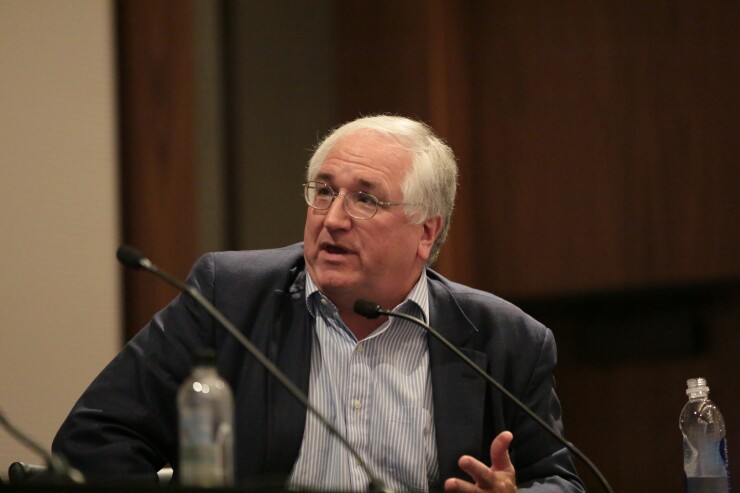The past few months have provided no shortage of crises that call out for faster access to funds, giving developers a new impetus to hasten transaction processing.
The Clearing House’s Real-Time Payments Network lists 42 banks that are live, with 19 launching since May. There are also more than 100 issuers that have signed on and are onboarding. TCH has added several services based on its real-time rail during the pandemic, including Paycheck Protection Program payments, real-time payroll through a collaboration with Paychex, accelerated card settlement and a partnership with GrubHub to expedite gig economy transactions.
TCH also has a partnership with the banking tech company Jack Henry & Associates, which has built a single connection to The Clearing House’s Real-Time Payments Network. Through that partnership, the companies recently onboarded five banks simultaneously, and they see more issuers looking to address the cash flow problems that small businesses and consumers have faced during lockdown.
“The interruption in typical payment patterns as a result of the global pandemic has illuminated some of the use cases where a faster or real-time payment can make the difference,” said Sarah Grotta, director of debit and the alternative products advisory service at Mercator Advisory Group.
After an initial dip in payments volume as the pandemic hit in the spring,
“Cash is tight for everyone, and there’s a need for the network for things like expedited payrolls,” said Steve Ledford, senior vice president of product strategy and development for The Clearing House. “The ability to pay someone immediately to get a good or service is a big part of the pivot to go digital.”

The RTP network launched in 2017, and like other “faster payment” initiatives, existed initially as a way to keep pace with the growing popularity of e-commerce. As businesses and consumers grapple with liquidity, payroll and supply chain squeezes, access to funding when necessary is a lifeline, clarifying the need for digital payment processing.
“In a case like a rideshare driver or delivery person, there’s a benefit to getting paid instantly. With RTP they can put that money to good use,” Ledford said. “With the recent issues, we have seen a renewed interest in the benefits of moving money fast.”
There’s also an interest in collaboration. The RTP rail has existed in parallel with the development of FedNow, the Federal Reserve’s real-time payment project, which is not expected to go live until 2023 or later. FedNow and the RTP network aren’t necessarily rivals, but they are at least two paths to the same goal.
The recent months have potentially brought a closer tie between the two initiatives. The Federal Reserve in early August expressed an interest in
The Clearing House said it would welcome the exploration of ideas that would make FedNow interoperable with the private-sector RTP network, though TCH did say an interservice message exchange would be difficult to develop. The Fed did not comment by deadline.
The existing TCH partnerships, such as the collaboration with Jack Henry, are helpful in signing and onboarding banks and other parties at scale. “There’s no way one could contemplate running a payment network without a partner who can go out and get the financial institutions and make sure they can use the RTP network,” Ledford said.
TCH connects to Jack Henry and its roster of community banks through the JHA PayCenter, a hub that supports real-time payments.
“There are a lot of touchpoints in that journey,” said Rusiru Gunasena, senior director of the JHA PayCenter at Jack Henry. “If we don’t have rapid scale we won’t get to ubiquity.”
While the pandemic has drawn more attention to speedier processing, it will still be some time, likely a year or more, before the twin initiatives have a substantial impact on the overall payments market. FedNow is at least two years from launching, and even with partnerships, upgrading payment systems is no small task.
The faster pay integration "has implications for nearly every aspect of operations and requires some planning,” Grotta said. “Businesses likewise need to understand how these new payment rails impact their accounting and planning software.”





